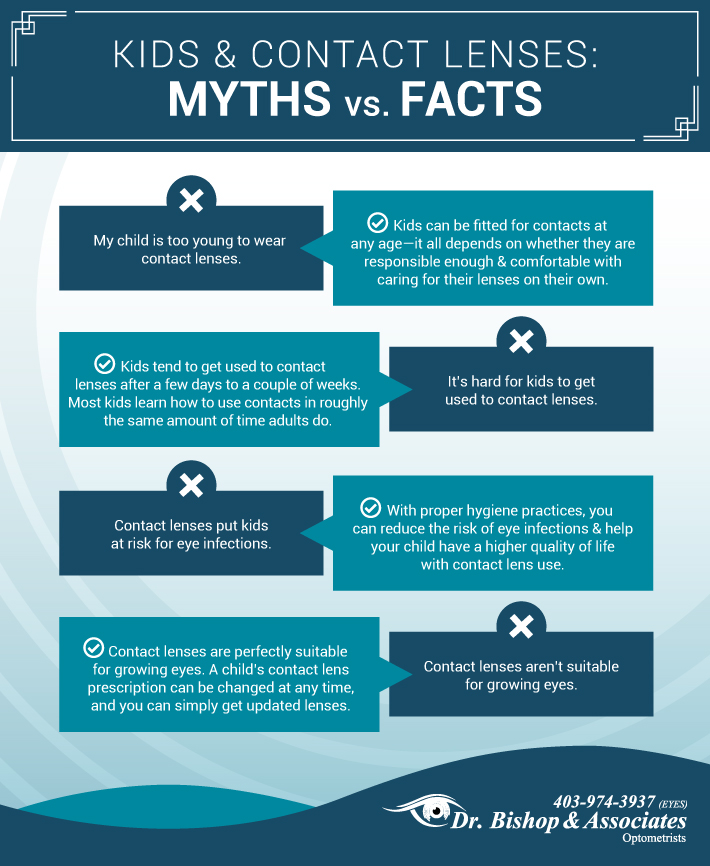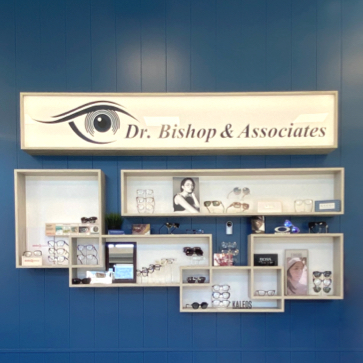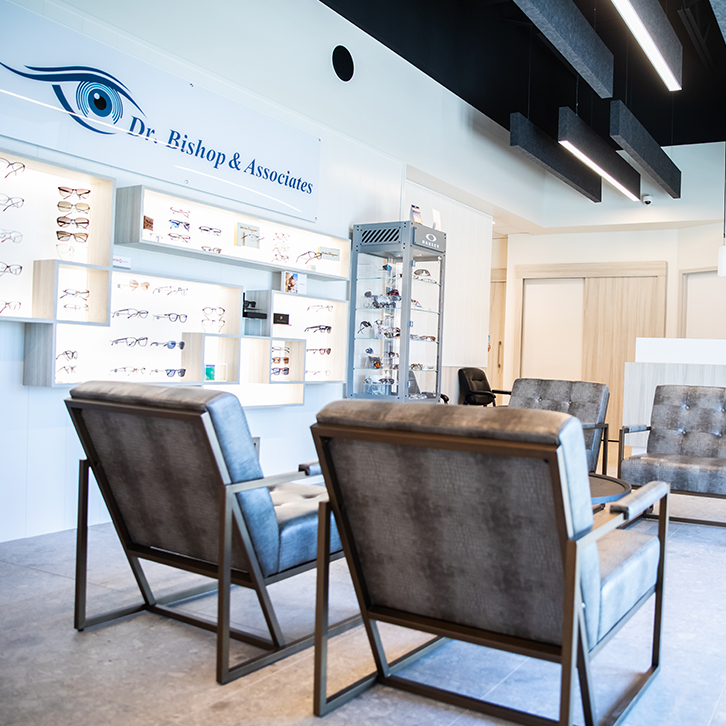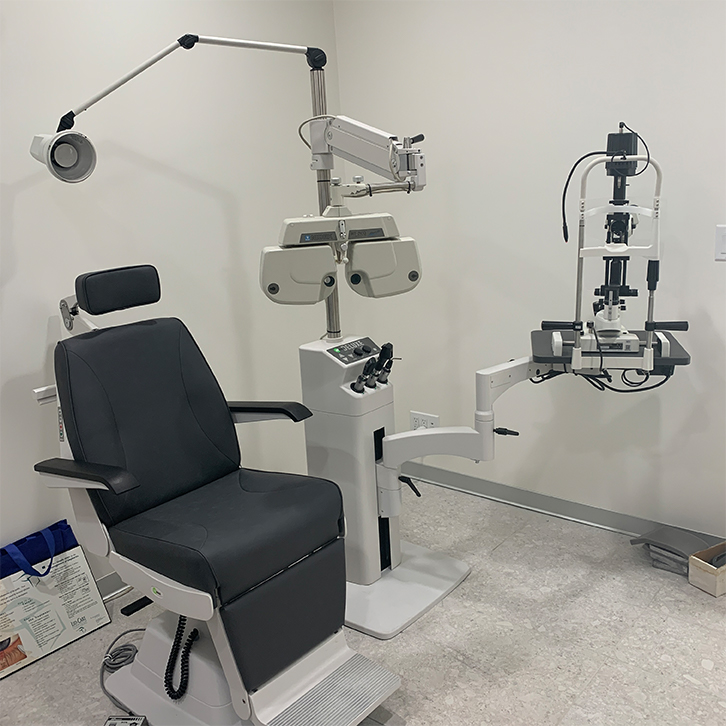Glasses help correct vision and allow you to perform daily activities with clarity. But depending on your lifestyle, you may prefer contacts. For instance, contact lenses can provide greater freedom during sports and play. Yet, it’s crucial to consider factors such as safety, hygiene, and a child’s maturity level before making this decision.
It is generally recommended that children be at least 8 years old before beginning to wear contact lenses. However, with proper guidance and support from parents, younger children may also be able to start successfully.
The key is assessing whether your child understands the importance of hygiene and is motivated to follow care instructions.
Is Your Child Ready for Contact Lenses?
Contact lenses consider more than just age. Maturity is also important. If your child demonstrates a sense of responsibility in other areas of their life, such as chores or homework, they might be ready to take on the task of caring for contact lenses.
Children as young as 8 can do well with contact lenses. In fact, even babies can be fitted for contact lenses to support better visual development. According to the Canadian Association of Optometrists, children younger than 12 years of age often experience improved vision-related quality of life when wearing contact lenses instead of glasses.
However, different people may require different contact lenses. Contact lens exams and fittings measure the eyes and determines the size and shape of the cornea. Your optometrist can also help you and your child find the type of contact lenses most suitable for your needs.
Types of Contact Lenses for Children
When it comes to choosing contact lenses for kids, there are several options to consider.
Daily Disposables
One of the most popular choices for contacts is daily disposable lenses, which offer convenience and reduce the risk of infections. These lenses are worn for a single day and discarded, eliminating the need for cleaning and storage. They are an excellent option for children who may struggle with maintaining cleaning routines.
Rigid Gas-Permeable Lenses
Rigid gas permeable (RGP) lenses are another type of lenses suitable for children. They are durable, but they’ll require more maintenance than disposable lenses. RGP lenses are often recommended for children who have specific eye conditions that require specialized correction. A popular type of RGP are Ortho-K lenses used for managing and controlling myopia (nearsightedness).
Soft Contact Lenses
Soft contact lenses are also a common choice for children due to their comfort and flexibility. They are available in both daily and extended wear options, providing flexibility for different lifestyles.

Contact Lens Safety & Hygiene
Teaching children about hygiene is a critical step in caring for their safety while wearing contact lenses. Here are some practical tips to provide for children to encourage proper care and use of contact lenses:
- Wash your hands thoroughly: Before handling contact lenses, always wash hands with soap and water to prevent infections.
- Use the right technique: Gently lift the lens onto the fingertip and apply it directly onto the eye. Practice makes perfect, so encourage persistence.
- Remove lenses carefully: Teach children to look up, gently pinch the lens with their thumb and forefinger, and remove it smoothly.
- Clean and rinse daily: Use the recommended contact lens solution to clean and rinse the lenses every day, extending the life of the lenses and ensuring eye health.
- Stick to a routine: Encourage establishing a routine by wearing and removing the lenses at the same time each day, which helps build confidence in managing their care.
Encourage your child to share any discomfort or issues they experience with their lenses immediately, as these can be remedied by their eye doctor. If they have trouble with putting contacts on and taking them off, your optometrist can help provide tips during your child’s first contact lens exam and fitting.
Regular checkups with an eye care professional are essential to help ensure the contact lenses fit properly. Eye exams can help detect any early signs of infection or discomfort, allowing timely intervention and adjustment of lens prescriptions if needed.
Getting Used to Contact Lenses
For children, the transition to contact lenses can be an exciting experience. While it takes time to adjust, with proper instruction and practice, they can become accustomed to the routine relatively quickly.
Typically, children may take a few days to a couple of weeks to feel completely comfortable with inserting, removing, and caring for their contact lenses. Each child is different, and patience is key as they learn this new skill.
Common Concerns About Contacts
It’s natural for parents to have concerns about their child wearing contact lenses, as they are medical devices that require proper care for the best results. But these concerns can often be addressed:
- Eye infections: One common worry is the risk of eye infections, which can occur if lenses are not cleaned or stored correctly. However, with proper hygiene practices and regular eye exams, the risk of infections can be minimized.
- Allergies: Some children may experience discomfort from wearing lenses due to seasonal allergies. In such cases, their optometrist can recommend specific lenses or solutions that reduce irritation.
- Discomfort: Children may need time to adapt to the sensation of wearing lenses. Encourage your child to be patient and communicate any discomfort they experience. An eye care professional can guide adjusting the fit or trying different lens materials to find something that feels better on their eyes.
Visit Dr. Bishop & Associates for a Contact Lens Fitting
Deciding when your child can start wearing contact lenses is a significant decision, but it all comes down to their level of comfort and how responsible they can be with their lenses. As a parent, you can discuss this with your child and their eye doctor to decide whether they’re ready to start wearing contact lenses.
Book an appointment with our team at Dr. Bishop & Associates for personalized guidance and support. Our team can help your child have a smooth and successful transition to contact lenses.



















